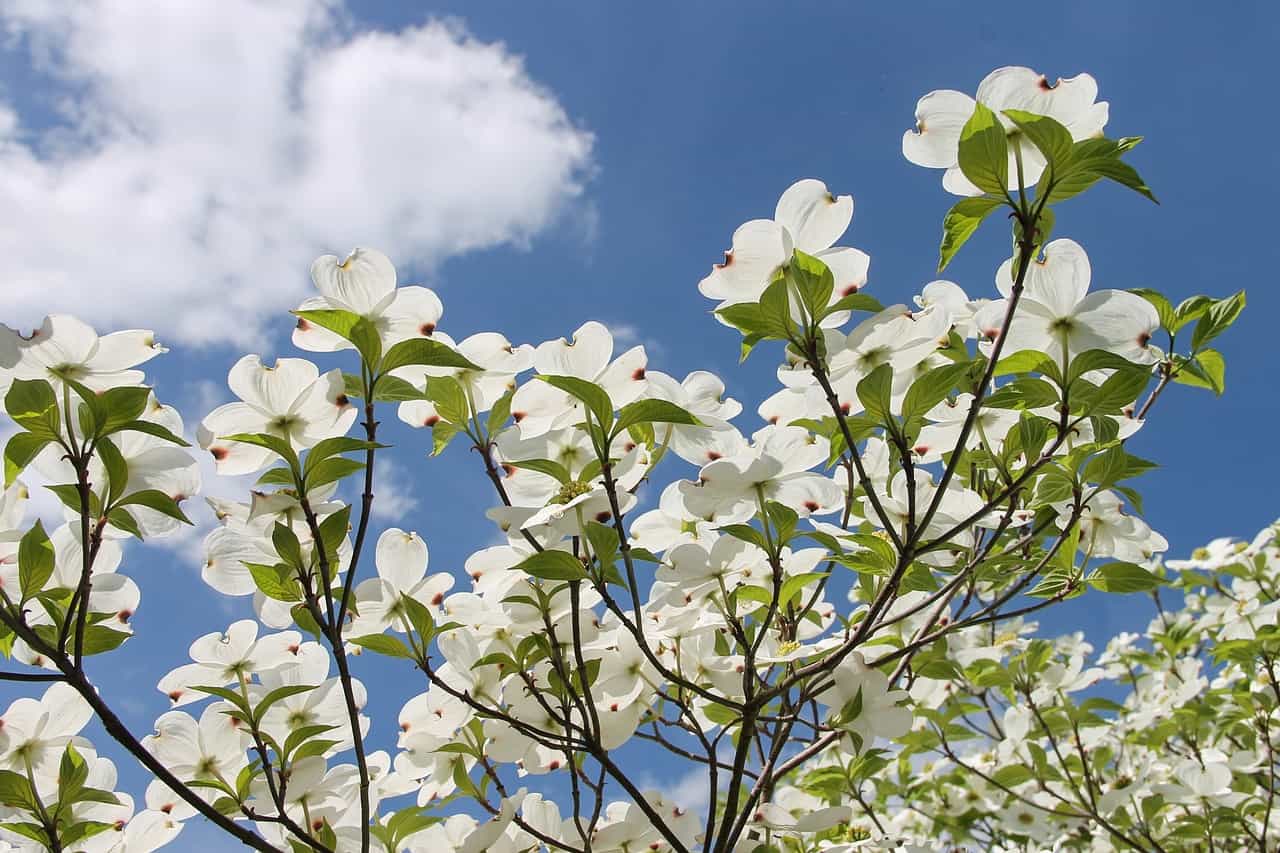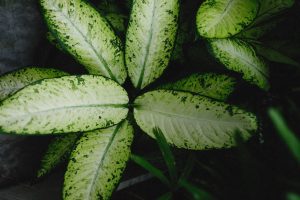As the weather warms up and spring approaches, it’s the perfect time to start thinking about adding some color to your yard. If you’re looking for trees that will put on a show year after year, you can’t go wrong with any of these options. From delicate dogwoods to vibrant cherries, there’s sure to be a tree that will complement your home and landscaping perfectly.
Star Magnolia (Magnolia stellata)
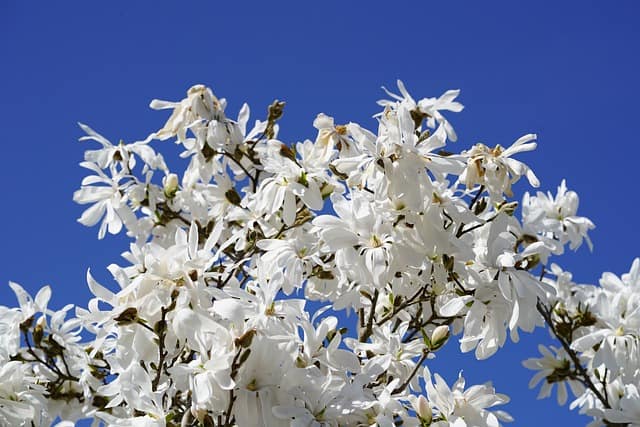
One of the earliest bloomers on this list, star magnolias are covered in white or pink flowers in early spring, just as the leaves are beginning to emerge. They’re a smaller tree, topping out at around 15 feet tall, which makes them a great choice for smaller yards. Star magnolias also have a tidy growth habit and don’t require a lot of pruning to keep them looking their best.
Dogwood (Cornus florida)

Dogwoods are a classic springtime favorite, and for good reason. These trees produce an abundance of large, showy flowers in shades of white, pink, or red. They also have stunning fall color, with leaves that turn yellow, orange, and crimson. Dogwoods typically grow to be 20-30 feet tall and wide.
Weeping Cherry (Prunus spp.)
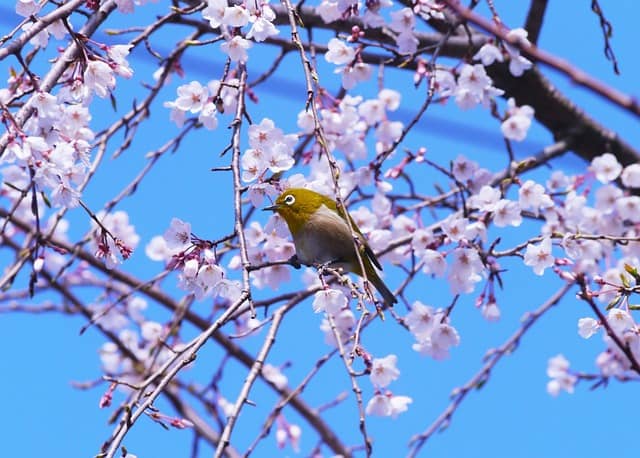
One of the most popular flowering trees is the weeping cherry. These graceful trees are covered in delicate pink or white blossoms in early spring before the leaves appear. While they only bloom for a brief period, weeping cherries more than make up for it with their spectacular display. Once the flowers fade, the leaves emerge and create a dense umbrella of green that provides shade all summer long. Weeping cherries typically grow to be 15-25 feet tall and wide at maturity.
Kwanzan and Yoshino Cherries (Prunus serrulata ‘Kwansan’, Prunus x yedoensis)
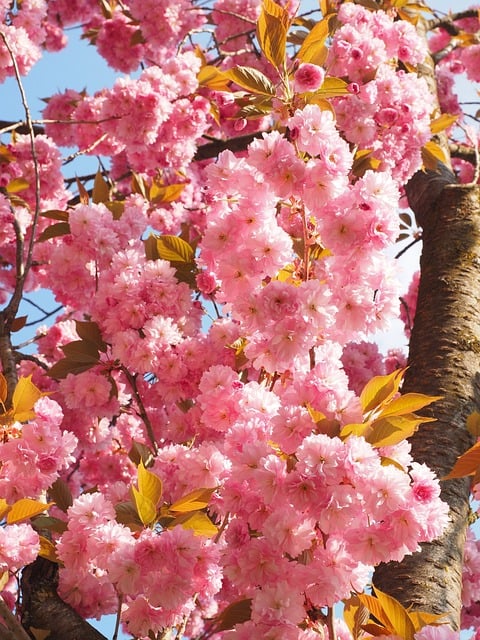
Two other popular choices for flowering cherry trees are Kwanzan and Yoshino cherries. Both of these varieties are covered in masses of double blooms in shades of pink or white in early spring. Kwanzan cherries tend to have larger blossoms than Yoshinos but both varieties provide an unforgettable show. These trees typically grow to be 25-35 feet tall and wide at maturity but can reach up to 50 feet tall under ideal conditions.
Saucer Magnolias (Magnolia x soulangeana)
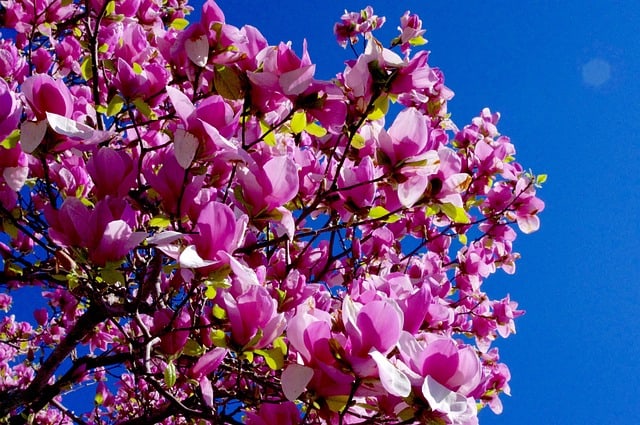
These gorgeous trees produce large goblet-shaped flowers in shades of pink or white from early to mid spring. The Flowers are followed by glossy green leaves that provide shade all summer long before turning yellow or brown in fall. Saucer magnolias typically grow to be 20-30 feet tall but can reach up 40 feet under ideal conditions..
Eastern Redbud
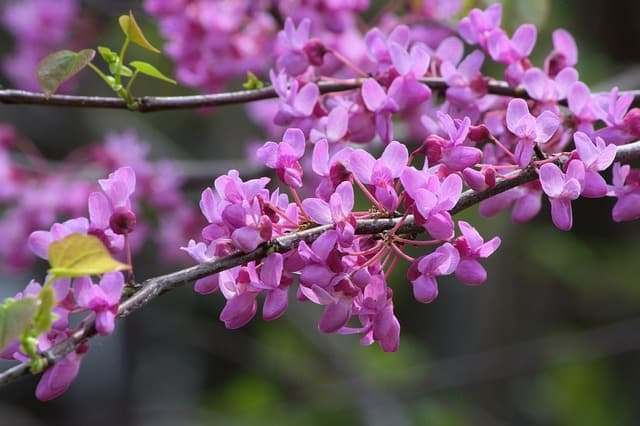
The eastern redbud is a small tree that typically reaches a height of 20 to 30 feet. It is native to eastern North America, where it is often found in woodlands or on the forest edge. The tree gets its name from the reddish-purple buds that appear on its branches in early spring, before the leaves emerge. The flowers are followed by seed pods that mature in late summer and turn brown in fall. The eastern redbud is relatively easy to care for and is adaptable to a variety of soil types. It does best in full sun but can tolerate partial shade.
Callery Pear
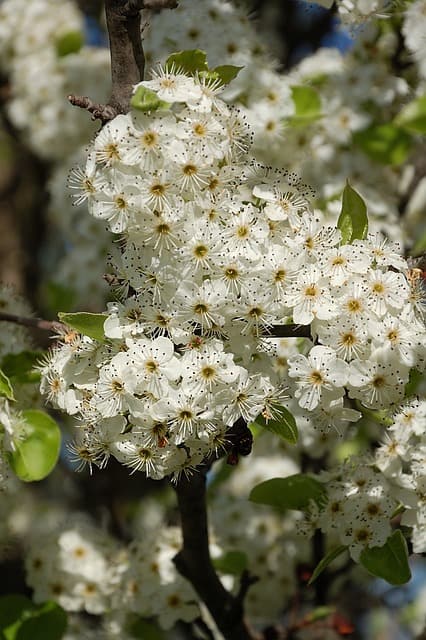
The Callery pear is a deciduous tree that typically grows to a height of 30 to 50 feet. It is native to China but has been introduced to other parts of Asia and North America. The tree gets its name from the pears that it produces. The fruit is not edible by humans but is eaten by birds, who spread the seeds in their droppings. The Callery pear flowers in spring, with white blossoms that resemble those of the related bradford pear (Pyrus calleryana). The leaves are dark green and glossy, and they turn yellow, orange, or red in fall.
Hawthorn
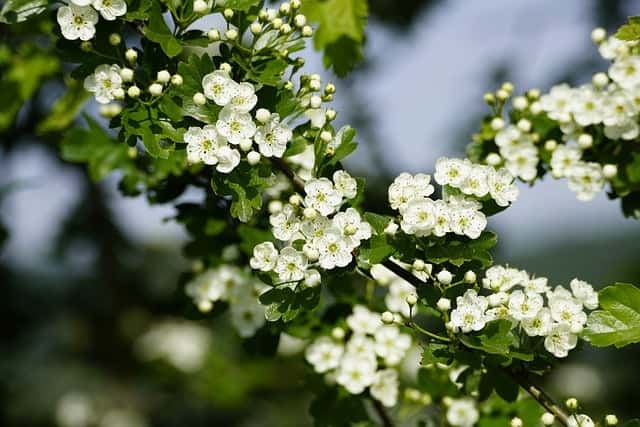
Hawthorn is a large group of deciduous trees and shrubs that includes both native and introduced species. Hawthorns are native to temperate regions of the Northern Hemisphere but have been introduced to other parts of the world, including Australia and New Zealand. The trees get their name from their thorns, which are long, sharp spines that grow on their branches. Hawthorns are popular landscaping plants because of their showy flowers and colorful fruits. They are also valued for their hardiness and ability to tolerate poor soils and exposure to wind and salt spray.
Golden Chain

The golden chain tree is a deciduous tree that typically reaches a height of 30 feet. It is native to Europe but has been introduced to other parts of the world, including North America and Australia. The tree gets its name from its beautiful clusters of yellow flowers, which bloom in early spring before the leaves emerge. The flowers are followed by green seed pods that turn brown when they mature in late summer or fall. Golden chain trees are relatively easy to care for and do best in full sun or partial shade.
Crape Myrtle
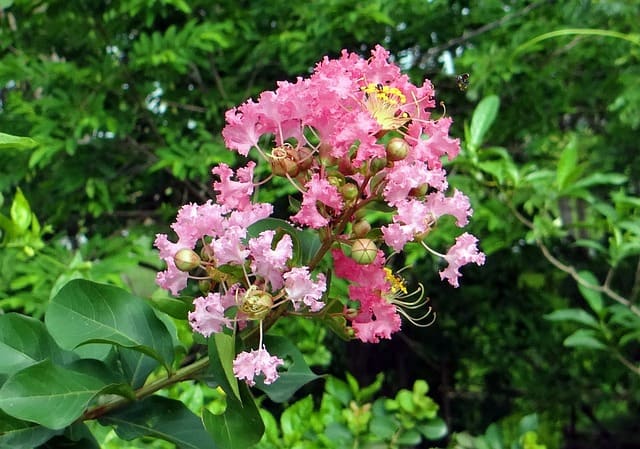
The crape myrtle is a large shrub or small tree that typically reaches a height of 15 to 25 feet. It is native to China but has been introduced to other parts of Asia and North America. The shrub gets its name from its clustered flowers, which resemble crepe paper curtains hung from the branches. Crape myrtles bloom throughout summer and into fall, with different varieties blooming at different times depending on their location. In warm climates, some varieties may even bloom year-round!


